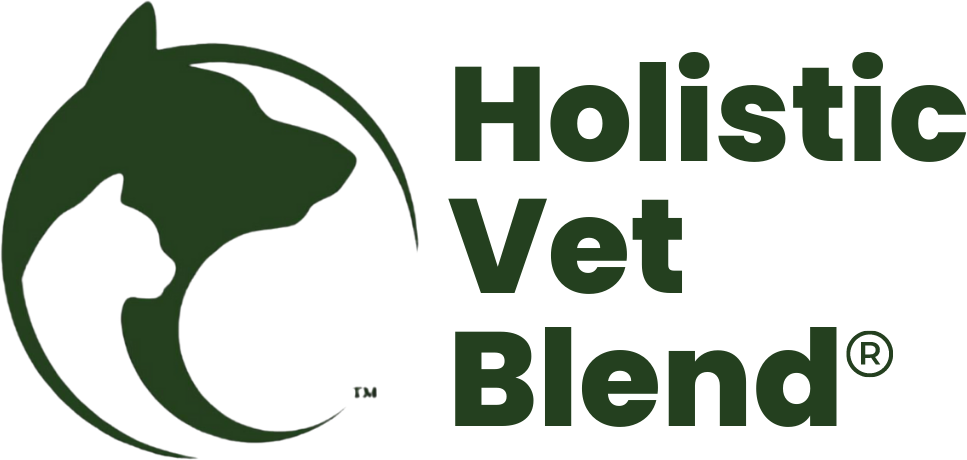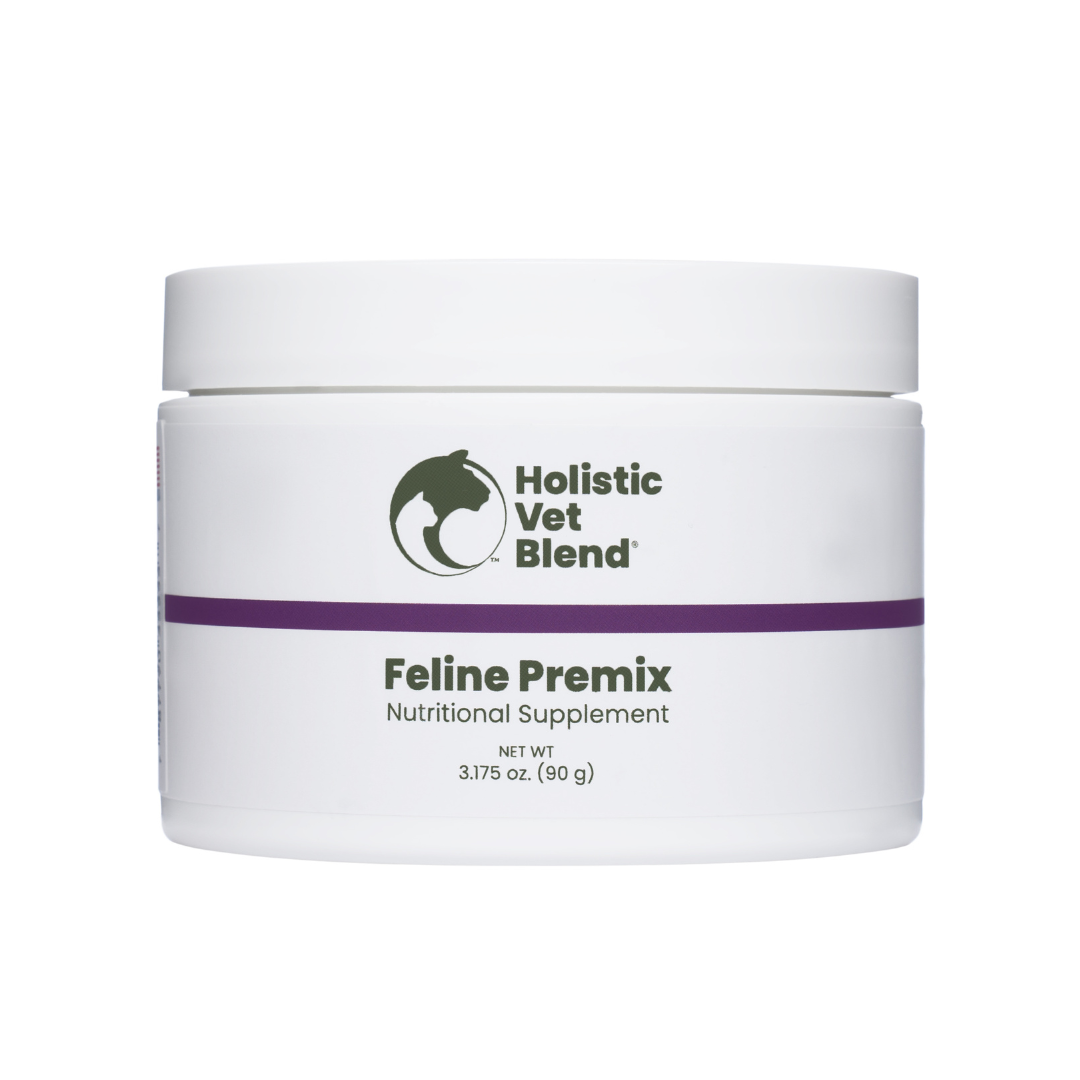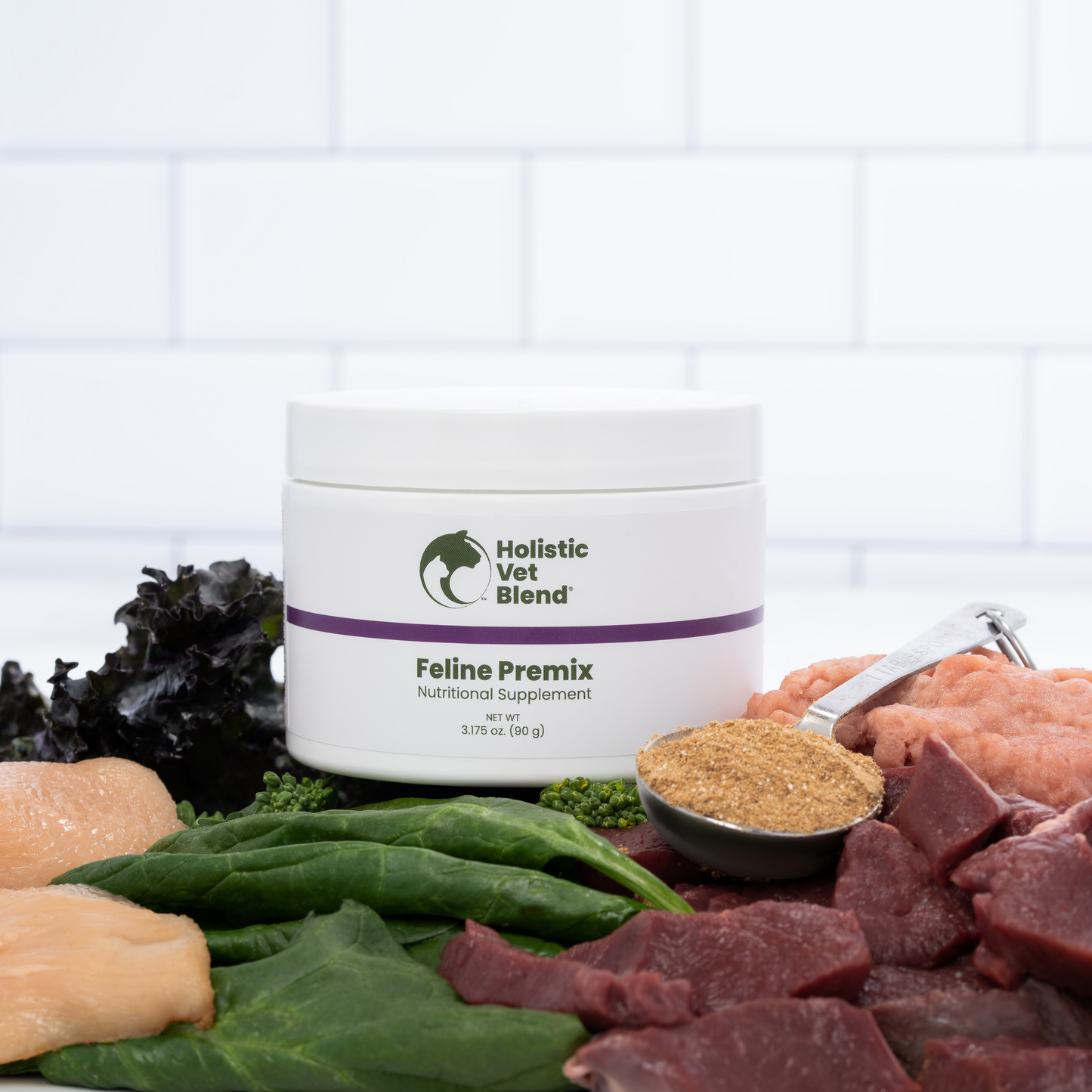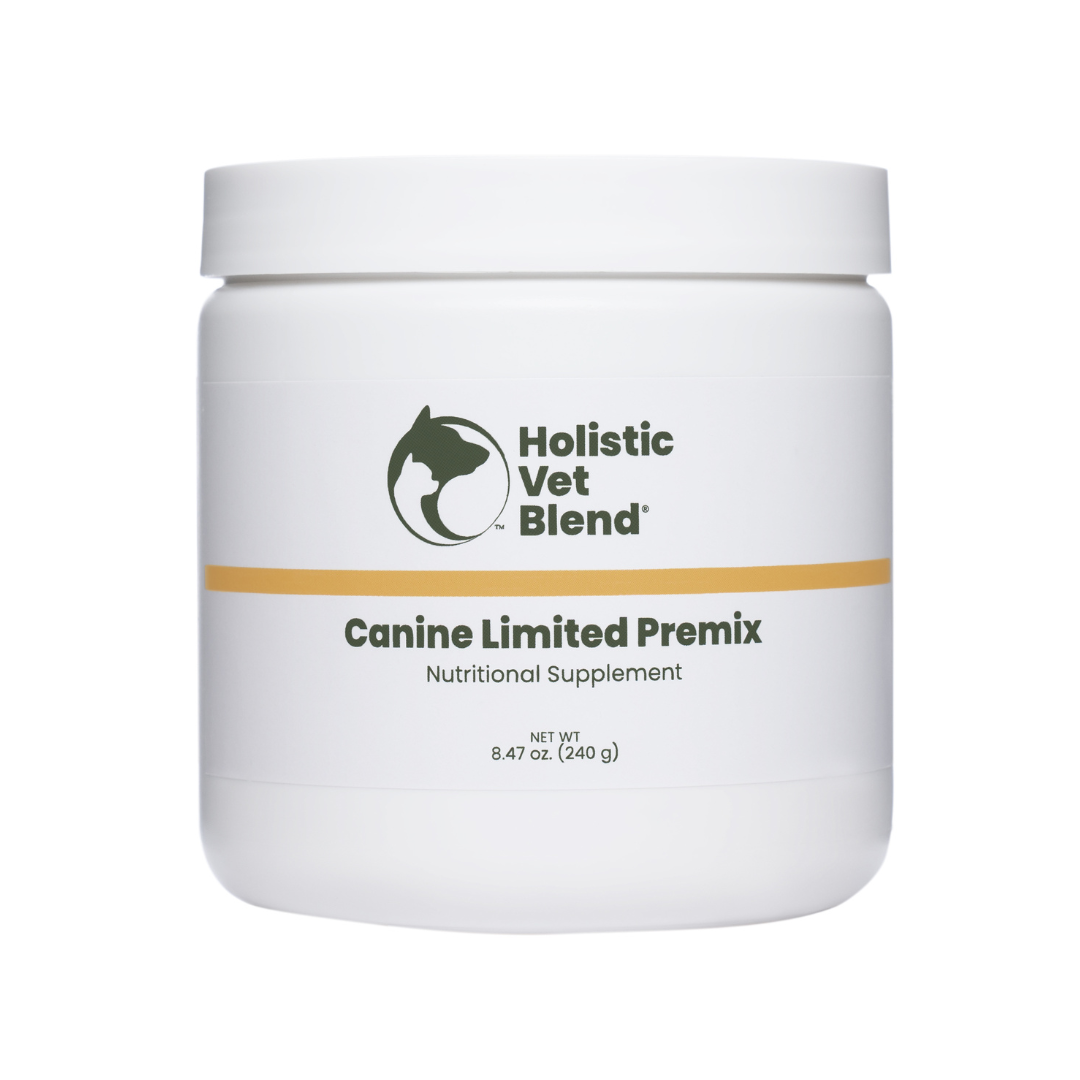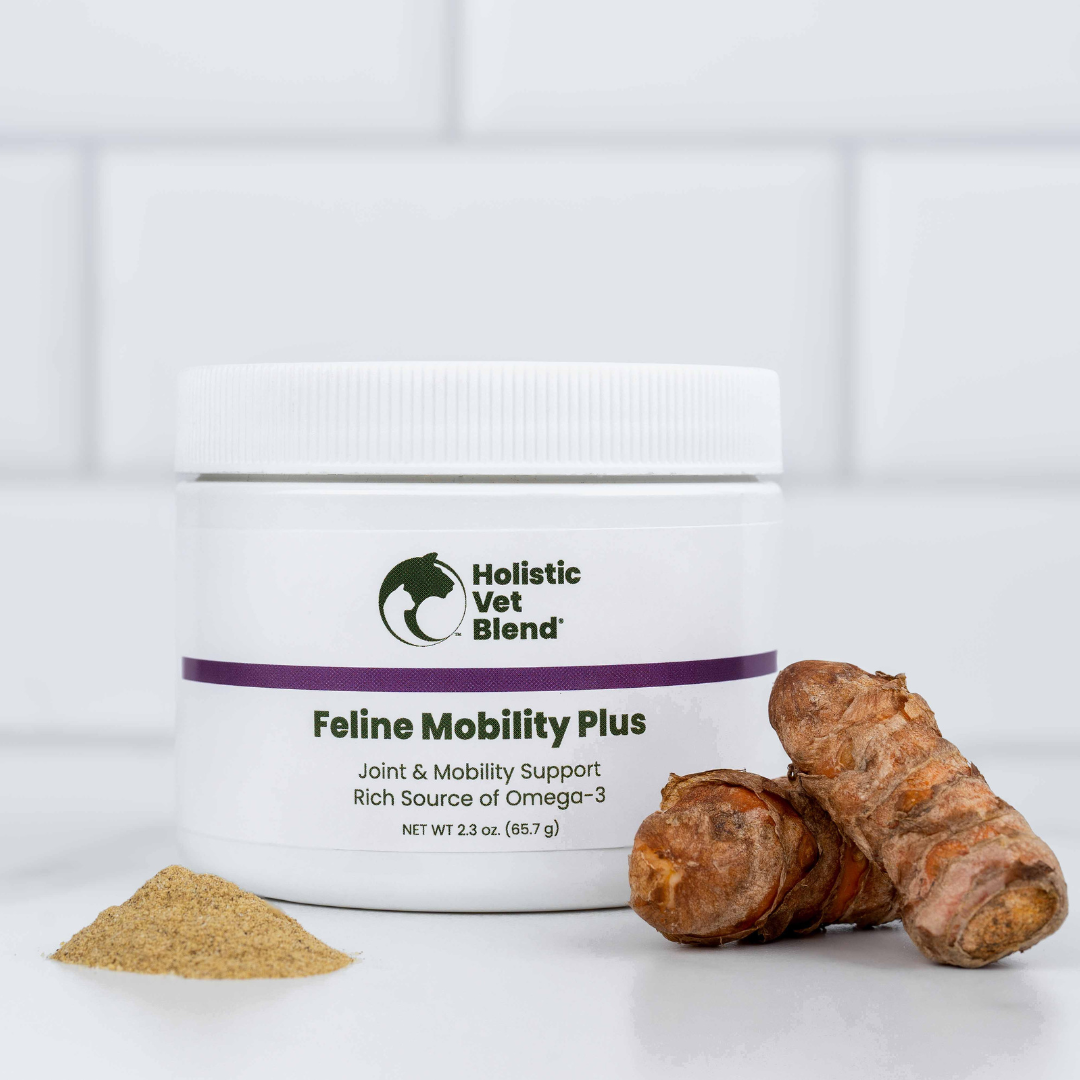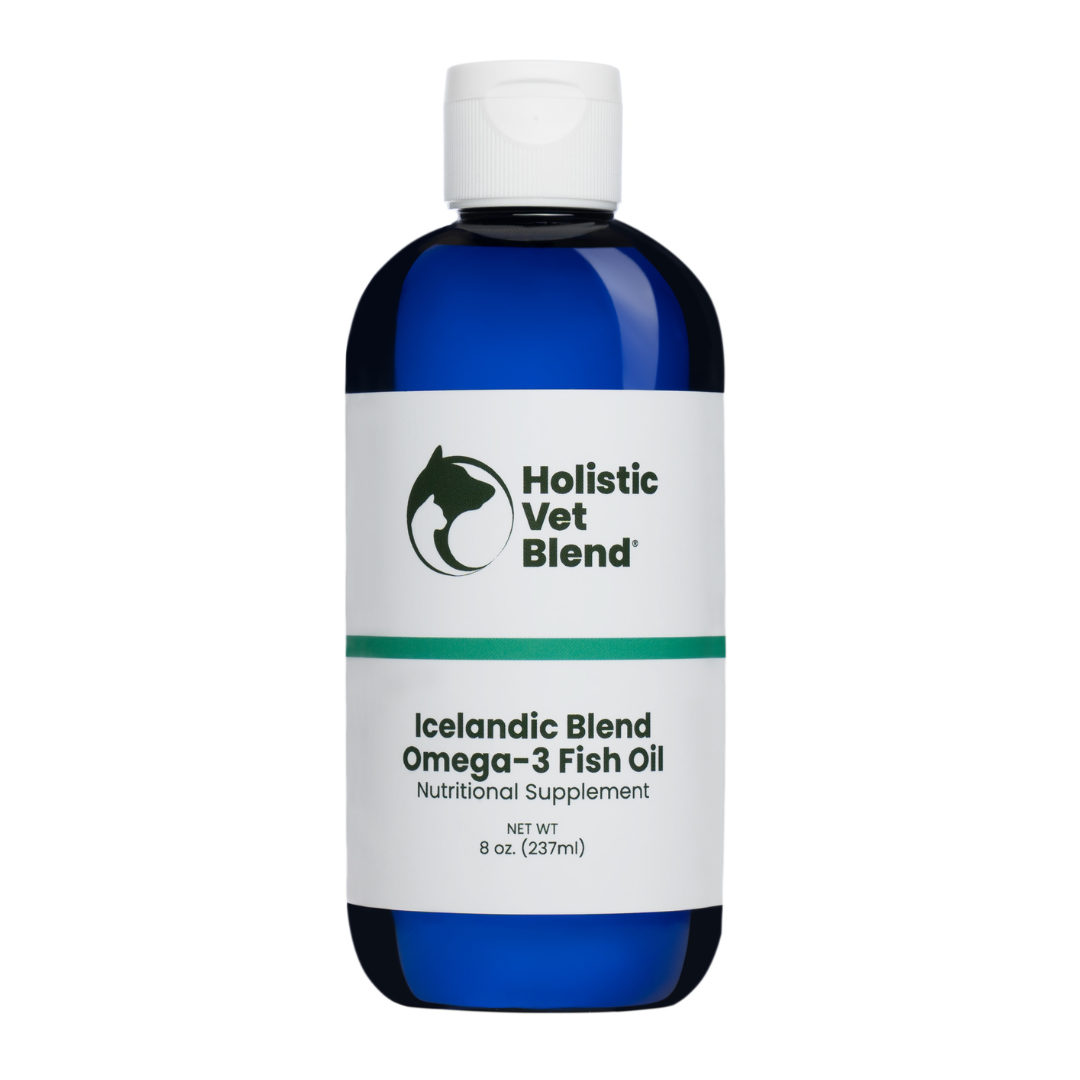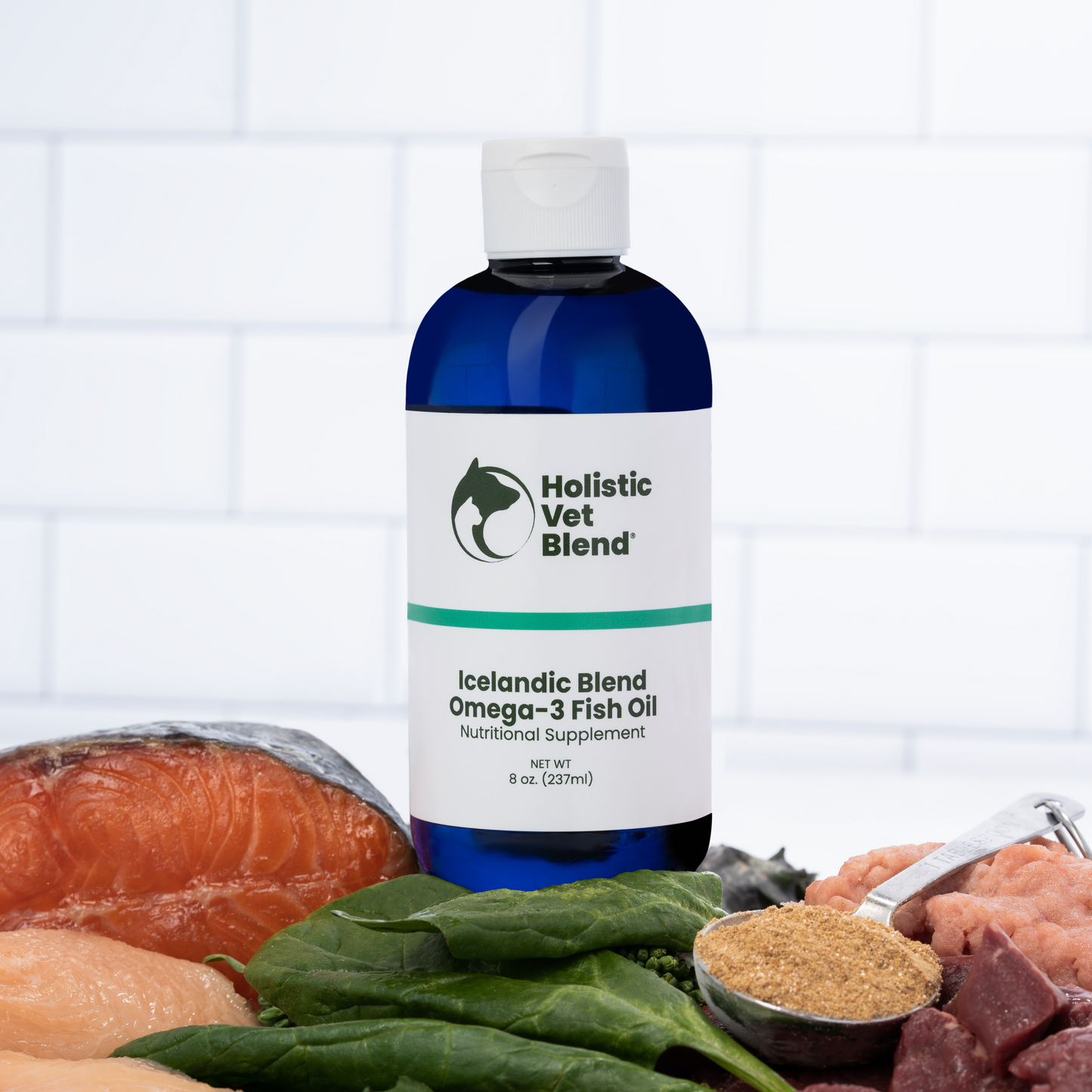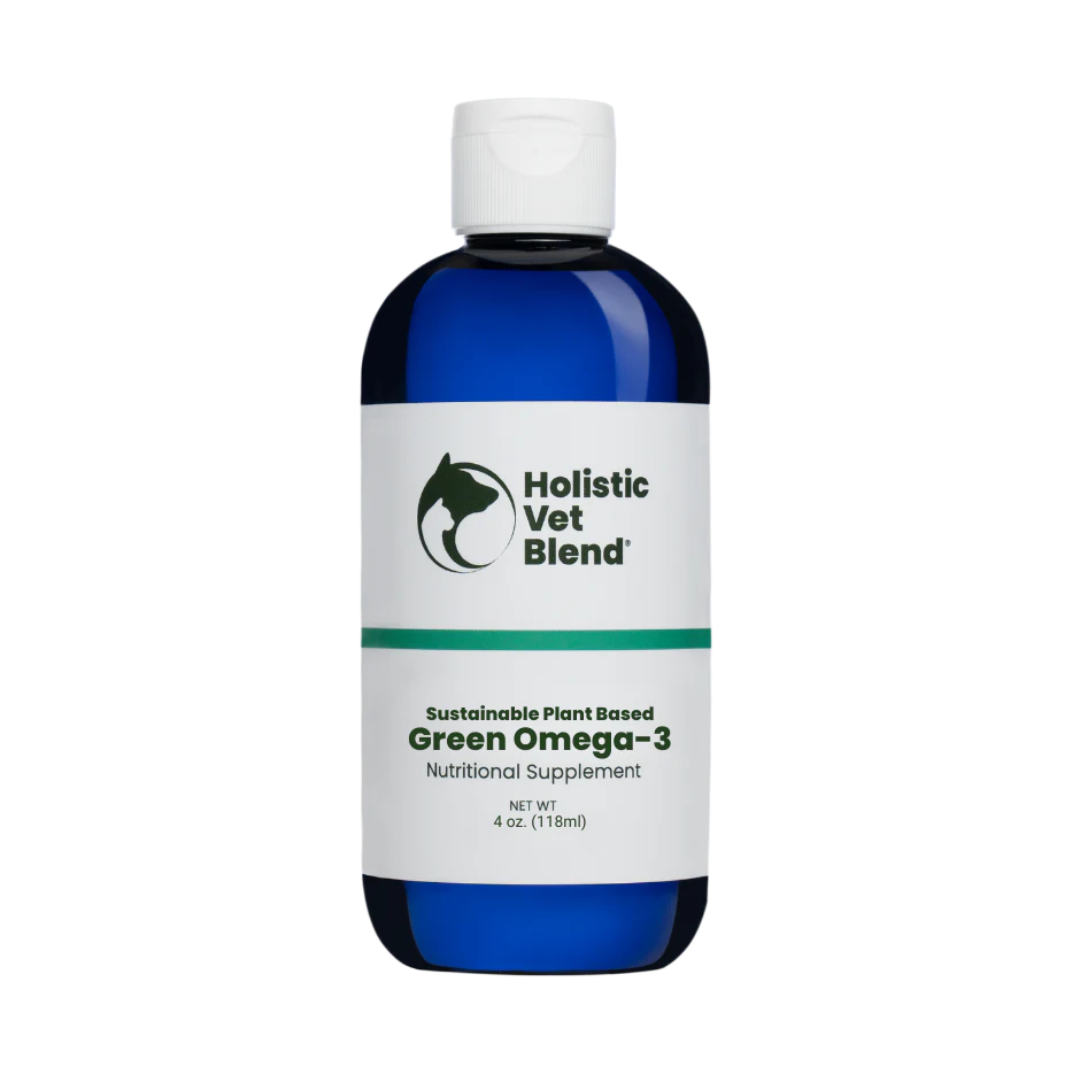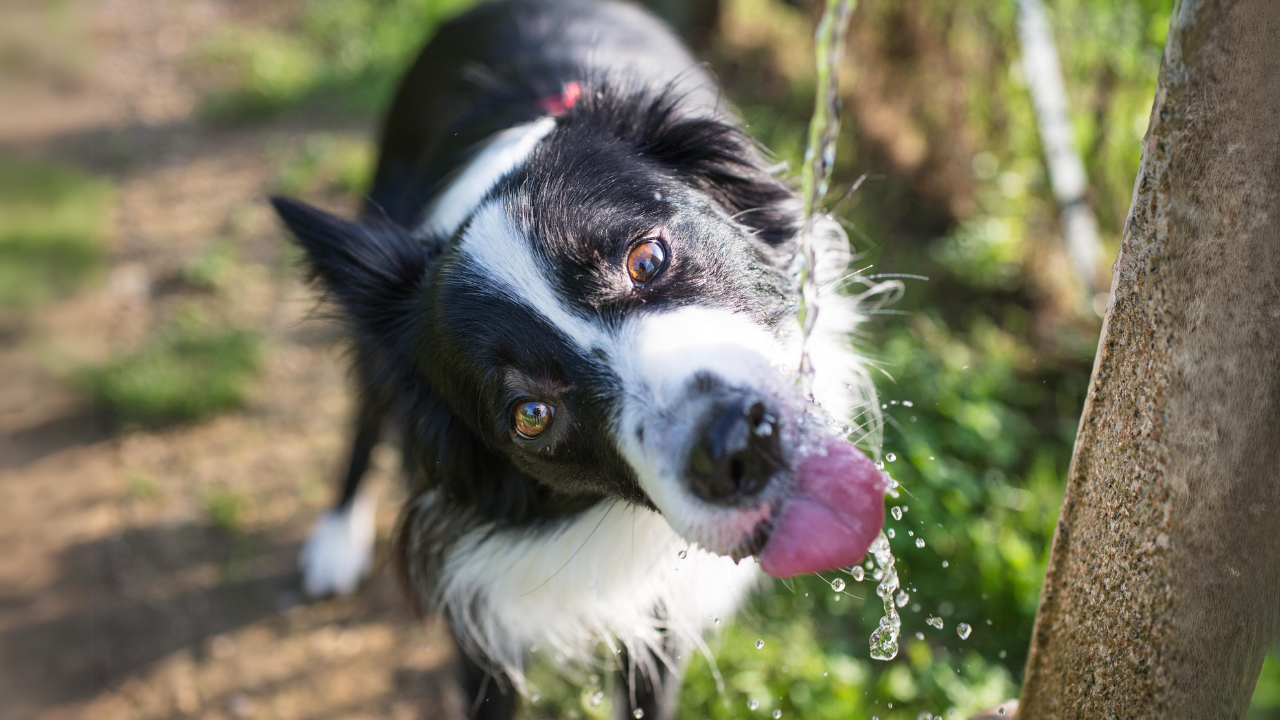
Key Highlights
- Proper hydration is essential for optimal health and helps the body eliminate toxins.
- Dogs can become dehydrated if they don't get enough fluids, especially during hot summer months or after physical exertion.
- Signs of dehydration in dogs include excessive panting, dry gums, lethargy, and decreased urine production.
- Providing constant access to clean water, implementing multiple drinking stations, and encouraging drinking unsalted bone broth are helpful tips for ensuring optimal hydration for dogs.
- Other effective ways to keep dogs hydrated are to include water-rich foods in their diet, invest in drinking bottles for on-the-go, and monitor their water intake.
- Understanding your dog's unique hydration needs, educating yourself on the signs of dehydration, and having regular check-ups with the vet are also important for maintaining your dog's hydration levels.
Introduction
This blog provides insights on understanding dehydration signs, how to evaluate your dog's hydration status, understand if your dog is at risk for dehydration, how to enhance hydration through diet, and innovative aids that aid hydration. Let's delve into the top 10 tips to keep your furry friend hydrated and healthy.
Top 10 Tips for Ensuring Your Keeping Your Dog Hydrated

1. Dogs need water, not electrolytes
Optimal hydration for dogs relies on fresh, clean water rather than electrolytes. Electrolyte solutions for humans can harm dogs due to their differing bodily requirements. Electrolytes are unnecessary for canines' hydration needs and may lead to adverse effects. Stick to providing your furry friend access to fresh, clean water throughout the day to ensure their hydration needs are effectively met. Remember, simplicity is key when it comes to keeping your dog well-hydrated.
2. Provide multiple clean sources of water in the environment
Intake will increase, especially during warmer months. Having multiple bowls around the house, including one in the yard or near your dog's resting spot, encourages regular drinking. Stainless steel, glass, or ceramic bowls are better choices than plastic, which can harbor bacteria and leach chemicals into the bowl. Carry your hydration source with you.
Avoid letting your dog drink free-standing water. Deadly algae can proliferate in water bodies during the heat of the summer and leads to blue green algae poisoning. Learn more about this here:
Dogs can also get sick from drinking water contaminated with bacteria from wildlife urine called Leptospirosis. Learn more about this here.
3. Hydrating your dog with water fountains, bottles with attached bowls, misters
Investing in fountains, bottles with attached bowls, or misters can be a game-changer for ensuring your dog stays hydrated. These innovative solutions provide accessible freshwater sources, enticing your canine companion to drink more. Fountains offer a continuous flow of water that attracts pets but are more challenging to keep clean, while bottles with attached bowls are convenient for on-the-go hydration. Misters can be a refreshing option, especially in hot weather, encouraging your dog to consume enough fluids effortlessly.
Best Hydration for dogs on your walks:
4. Ice cubes for keeping dogs hydrated? No, they can damage your dog's teeth!
Opt for bone broth over ice cubes to encourage hydration in dogs without risking dental issues. Bone broth entices dogs with its flavor and provides essential nutrients, while ice cubes can damage dogs' tooth enamel.
Bone broth is a beneficial alternative for improving hydration. You can add this to your dog's food or offer as a treat on a hot day. Here is a recipe for bone broth.
5. Is there such a thing as hydrating food for dogs?
I prefer to feed minimally processed foods such as raw or homemade dog food, which naturally has more water content compared to kibble. You can also add bone broth to your dog's food. Some dogs enjoy blueberries and even some melon.
6. Recognizing signs of dehydration is important
Here are some strategies to monitor your dog's hydration status. Early on the gums may be tacky and by the time the skin is tenting they are
- Touch the gums. Are they moist or dry and tacky?
- Check skin elasticity: Lift the skin between the shoulder blades and see if it returns quickly or "tents" and returns slowly. Your veterinarian or veterinary technician might be able to demonstrate how to assess this in your pet. Be sure to ask on your next vet visit. When these changes occur a dog may already be 5-10% dehydrated.
- Excessive panting
- Lethargy: due to dehydration
- Decreased appetite
- Dark Urine
- Dry nose: not consistently a sign, but if there is a change (usually moist and now dry it could be significant)
- Dark Urine
- Sunken eyes: this is a sign of extreme dehydration
Symptoms like loss of appetite, dry nose, and dry gums indicate possible dehydration. Pet parents should monitor their canine companions closely, especially in hot weather. If you suspect dehydration, seeking a vet's assessment promptly is vital. A vet can diagnose the severity of dehydration and provide appropriate treatment, which may include intravenous fluids. Early detection and intervention play a significant role in ensuring your dog's health and well-being.
7. Hydration for Dogs: how to quantify and monitor your dog's water intake
It's important to note that water intake varies greatly and these are just approximations for normal water intake.
- Designate a bowl or two to measure from.
- Measure the number of liters you add to the bowl. You can use 2-liter bottles to measure from.
- Account for the addition of liquids during the day.
- Your dog should drink approximately 3/4 -1 ounces per pound per day.
- The average consumption for a dog can vary based on several factors, including the dog's size, age, activity level, diet, and environmental conditions. However, as a general guideline, a healthy adult dog typically consumes about 0.5 to 1 ounce per pound of body weight daily.
- Here are some general recommendations for average consumption for dogs based on their weight. Consumption varies greatly, but typically is 50-80 ml/kg/day, with 80-100 ml/kg/day being the "grey zone" where it might be considered too much water consumption and indicative of a problem such as kidney disease, diabetes, or Cushing's disease, although there are so many diseases that cause increased water consumption.
8. What medical conditions increase a dog's hydration needs?
Some medical conditions cause increased water requirements due to excessive urination, necessitating more fluids to maintain hydration levels.
- Kidney disease
- Diabetes
- Cushing's disease
- Laryngeal Paralysis
- Medications: steroids, thyroid medications may require increased water intake
- Vomiting or Diarrhea: dogs lose water through the digestive tract in Inflammatory Bowel Disease for example
- Senior dogs
- Dogs with history of urinary crystals or stones
9. What breeds are at risk of overheating and dehydration?
- Extreme Brachycephalics: French Bulldogs, English Bulldogs
- Brachycephalics: Pugs, Boston Terriers, Boxers, Boston Terriers
- Dark Coated Breeds: especially those with thick or dense fur can absorb more heat from the sun, leading to increased water loss through panting and evaporation. Brees such as the Newfoundland, Rottweiler, and Bernese Mountain Dog
- Arctic Breeds: Siberian Huskies, Alaskan Malamutes, and Samoyeds may have increased water needs when exposed to warmer temperatures. Their thick coats make it more challenging for them to thermoregulate in the heat.
- Working Dogs: AKA "fetching fanatics" or highly active dogs that are involved in strenuous physical activity like agility, herding, etc. Brees such as Border Collies, Labrador Retrievers, and any dog that just doesn't know when to stop!
- Large and Giant Breeds: Saint Bernard, Mastiff, Great Dane
- Double Coated Breeds: Huskies, Malamutes, Samoyeds have a dense undercoat that insulates them in cold weather but can make them prone to overheating in warm weather.c
10. Can a Dog Drink Too Much?
Yes! There is something called water toxicity, and it can kill a dog! This can happen when a dog engages with sprinklers or drinks too much while swimming or water play, which can cause deadly electrolyte imbalances. You can learn more here:
Understanding Dehydration in Dogs
Recognizing dehydration in dogs is crucial for pet parents. Early signs such as dry gums, excessive panting, and lethargy indicate insufficient intake. Dehydration can lead to severe consequences, affecting vital organs and energy levels. During warmer months, dogs are more prone to dehydration due to increased activity levels and warmer weather.
What if you are unsure if your dog is dehydrated?
Your veterinarian can test the urine to see if it is concentrated or dilute. They can also check the levels of BUN and creatinine, which are toxins the kidneys excrete. If these levels are high, your dog may be dehydrated.
The Dangers of Dehydration and How to Respond
Some of the dangers of dehydration include organ failure, an increased risk of heat stroke, and electrolyte imbalances.
If you notice any signs of dehydration in your dog, such as excessive panting, dry gums, or loss of appetite, it is important to take immediate action. Offer them fresh water and encourage them to drink. If they cannot drink independently or if the dehydration is severe, it is crucial to seek veterinary care. In severe cases, dogs may need intravenous fluids to rehydrate their body and restore electrolyte balance. Always consult with your veterinarian for proper diagnosis and treatment of dehydration in your dog.

Conclusion
In conclusion, optimal hydration is essential for your dog's health and well-being. By following the top 10 tips, such as ensuring constant access to clean water, monitoring their intake, and understanding their unique hydration needs, you can help prevent dehydration and keep your furry friend happy and healthy. Remember, regular vet check-ups and being vigilant about dehydration signs are crucial. Your dog's hydration levels significantly affect their overall health, so prioritize their water intake and provide them with the best care possible.
How Much Water Should My Dog Drink in a Day?
The amount of water your dog should drink in a day depends on various factors, including their body weight and activity level. As a general guideline, dogs should drink about one ounce per pound of body weight per day.
To help you determine the appropriate amount of water for your dog, here is a text table that provides a rough estimate of daily water requirements based on body weight:
|
Body Weight |
Approximate Requirement if drinking 50-80 ml/kg/day |
|
10 pounds |
8-12 ounces (1-1.5 cups) |
|
20 pounds |
15-24 ounces (2-3 cups) |
|
30 pounds |
22-36 ounces (3-4 cups) |
|
40 pounds |
30-48 ounces (4-6 cups) |
|
50 pounds |
40-60 ounces (5-8 cups) |
|
60 pounds |
45-70 ounces (6-9 cups) |
|
70 pounds |
50-80 ounces (6-10 cups) |
|
80 pounds |
60-100 ounces (8-12 cups) |
It is important to note that these are just rough estimates and may vary depending on factors such as the weather, activity level, and individual dog's needs. Always consult with your veterinarian for specific recommendations regarding your dog's water intake.
Frequently Asked Questions
How often should I change my dog’s water to ensure it’s fresh?
To ensure that your dog has access to fresh, clean water, it is recommended that you change its water at least once a day. You may want to replace it on hot days.

What are the symptoms of overhydration in dogs?
Overhydration in dogs, or water intoxication, can occur when a dog consumes too much in a short period of time. Symptoms of overhydration may include nausea, vomiting, lethargy, confusion, dilated pupils, and in severe cases, seizures and coma. It is important to monitor your dog's water intake and ensure they do not consume excessive amounts of water, especially during play or exercise sessions. If you suspect overhydration, seek veterinary care immediately.
